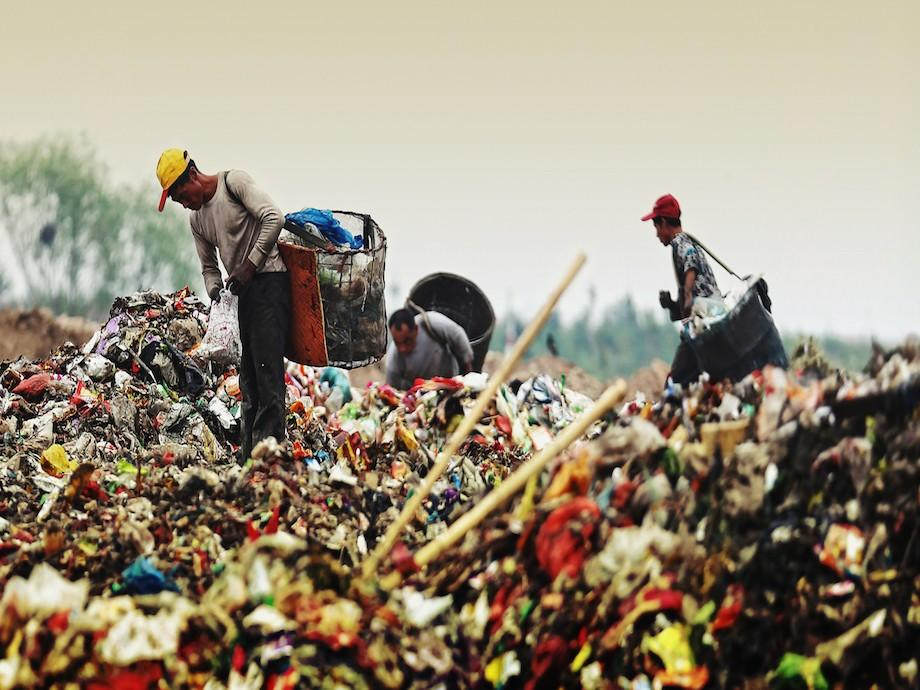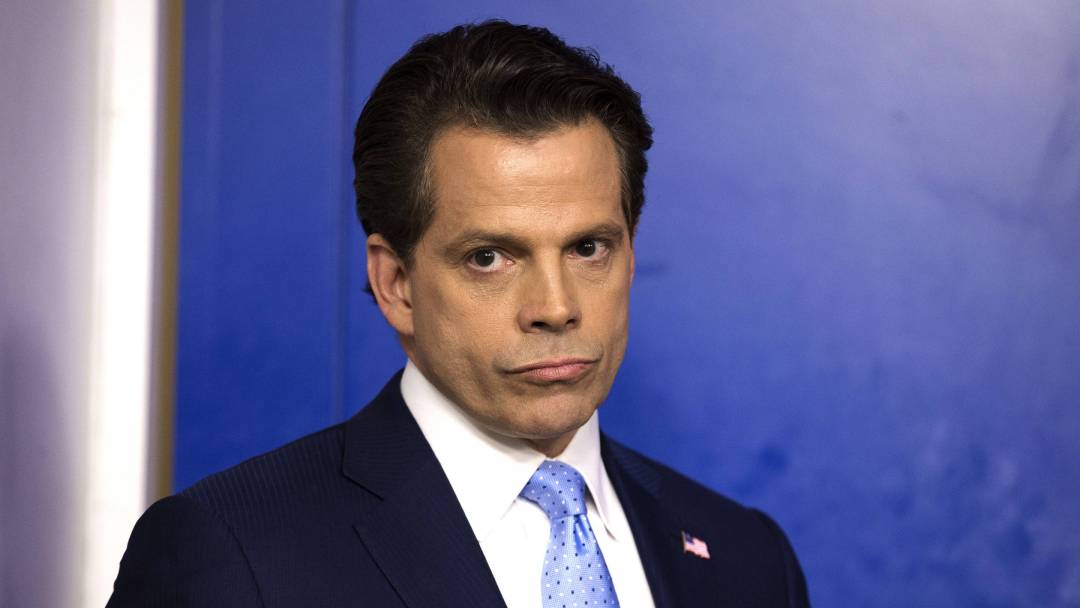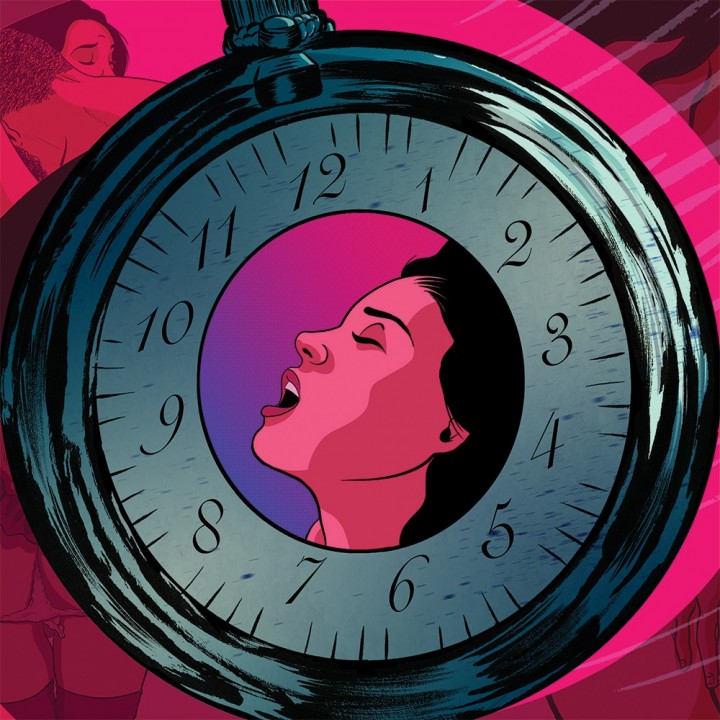
Could We Be Facing the Beginning of the End for Monsanto?
In a San Francisco courtroom, DeWayne “Lee” Johnson sat facing the Honorable Suzanne R. Bolanos. Lee, a cancer-stricken groundskeeper who was suing Monsanto, the giant agribusiness firm, was used to the cool outdoor air coming off Grizzly Bay while working the grounds at the Benicia Unified School District. Now, he sat in a stately, wood-paneled courtroom with his team of attorneys awaiting Judge Bolanos’ rendering of the verdict. It was Friday, August 10. The court had been in session since July 9.
In August 2014, Lee was diagnosed with epidermotropic T-cell lymphoma. In 2016, Lee had filed a lawsuit against Monsanto alleging his use of their herbicide caused his blood-cancer. By 2017, Lee’s cancer had progressed to non-Hodgkin’s lymphoma. Lee, who is a 46-year-old father of three, was told he would probably not make it past 2020.
The rendering of the jury’s verdict was done in typical fashion: Spoken in list form, with both question and answer read by the judge with such coolness it belied its weight. Was Monsanto’s failure to warn a substantial factor in causing harm to Mr. Johnson? Answer in monotone: Yes. Were you convinced that Monsanto acted with malice or oppression toward Mr. Johnson? Yes. Was the conduct constituting malice authorized or committed by high-level executives at Monsanto? Yes.
Upon hearing the verdict, Lee exchanged a satisfied look with his attorneys. He had just been awarded $289 million for damages caused by exposure to the glyphosate in Monsanto’s weed-killer, Roundup, and its generic substitute, Ranger PRO.
During the trial, Monsanto’s lawyers argued to jurors that in decades of use, exposure to the glyphosate used in its products hadn’t caused any documented cases of cancer. Nor had there been any conclusive studies showing that glyphosate was a carcinogen.
That exposure to glyphosate may or may not cause cancer is a very contested point. During the discovery period of the trial where opposing attorneys obtain evidence from each other through interrogation, Lee’s attorneys unearthed emails showing Monsanto had known since 1999 that the main chemical in its herbicides, glyphosate, might be linked to certain cancers, following the publication of a peer-reviewed study on the matter. The emails reveal a coordinated effort within Monsanto to counter this and any other scientific study that raised concern about its products.
Imagine if more cases are ruled against Monsanto. It could bankrupt Bayer. Heads have to be rolling there.
Governments Are Racing to Save the Planet with Renewable Energy, But for Whom?
Playboy's environment reporter takes a look at the displaced people of the green energy movement

In 2015, however, a ruling against glyphosate drew Monsanto’s attention. In March of that year, the World Health Organization’s International Agency for Research on Cancer classified glyphosate as a Group 2A chemical, meaning “probably carcinogenic to humans.” IARC’s 2A listing of glyphosate was a breakthrough for Monsanto’s adversaries, 5,000 of whom have recently filed cases against the company after the Lee decision. “All these cases have grown out of the IARC 2015 Classification,” Robert F. Kennedy, Jr., one of the prosecutors arguing on behalf of Johnson, tells Playboy. “[The report] marked an inflection point because for years people suspected [glyphosate] was cancerous, but no judge would allow the argument.”
In California, the designation triggered glyphosate to be added to the state’s list of known carcinogens as required under Proposition 65. One of the stipulations in Prop. 65 is that companies must formally warn consumers if a product contains chemicals the IARC working group lists as possibly carcinogenic.
But Monsanto took issue with California, the nation’s largest agriculture industry, using an international body to define what is considered carcinogenic. So, as large corporations with millions of dollars on the line usually do, the company appealed.
First the appeal was rejected by the California Court of Appeal, Fifth District. Then, a week after the San Francisco jury ruled in favor of Lee, the appeal was rejected by the California Supreme Court.
Steph Tai, a law professor at the University of Wisconsin – Madison who helped me sort through the case files, put Monsanto’s incorrect dissent into context. “Take mixed martial arts,” they tell me over the phone. “When the state gaming board that oversees MMA is setting their anti-doping laws, they routinely look at international agencies and adopt their policies. The same is true for the U.S. Department of Housing and Urban Development, which uses international standards when setting their agenda.”
Monsanto remains intransigent. When asked over the phone why the company couldn’t just put a small warning on its herbicides just to be extra safe, a representative told me, “Glyphosate isn’t a carcinogen. So, it would be unlawful to put a warning where one was not needed.”
When asked over the phone why the company couldn’t just put a small warning on its herbicides just to be extra safe, a Monsanto representative told me, “Glyphosate isn’t a carcinogen. So, it would be unlawful to put a warning where one was not needed.”
The rise of Monsanto since its founding in 1901 to become the largest provider of agricultural products in the world has been met with continual controversy. Along with its agricultural productivity segment (the herbicide wing), it also has a massive seed and genomics segment that is responsible for 75 percent of its revenue. Its soy and corn seeds, which are all genetically modified organisms, are used by most farmers in the U.S. and were developed to handle a controversial amount of glyphosate-dominant herbicides sprayed onto them. Monsanto’s hold on the market is so overbearing, GMOs have been pulled into its orbit, giving the latter a more contentious name than it deserves.
Amid all the current hullabaloo, Monsanto finalized its acquisition by Bayer AG, the German pharmaceutical giant, for $66 billion. Bayer will add a considerable amount of legislative strength to Monsanto’s coming appeal of the jury’s decision in the Lee case. They have cited more than 800 studies and reviews that counter the IARC carcinogenic designation for glyphosate and are pushing forward even as the California Supreme Court ruled against its appeal to remove the IARC as Prop. 65’s list of carcinogenic record.
Robert Kennedy and his fellow attorneys remain confident. “During the pretrial, Judge Bolanos ruled heavily in favor of Monsanto, and we couldn’t show 80 percent of the evidence we came armed with.” It’s this conservativism that Kennedy believes will work against Monsanto in the long-run as an appeal will be more difficult to secure. And soon, Bayer will have to contend with additional lawsuits. “We have about half a dozen cases already scheduled to go in St. Louis,” Kennedy says. “One case we think will go very early in Montana, and one that we expect to go quickly in Oakland.”
“Imagine if more cases are ruled against Monsanto,” Andrew Behar, the CEO of As You Sow, a non-profit that promotes sustainable corporate behavior through shareholder action, tells Playboy. “It could bankrupt Bayer. Heads have to be rolling there.”
Bayer declined to be interviewed for this story but pointed me to a report on the Benefits and Safety of Glyphosate and a blog post by Scott Partridge, a vice president at Monsanto, on why the verdict was incorrect. Three days after the verdict, Werner Baumann, the CEO of Bayer, told investors that glyphosate remains the future of Bayer. “Despite the August 10 verdict, nothing has changed concerning our strategy, the attractive synergy potential, and longer-term growth” Bayer sees in the Monsanto acquisition. His conviction runs counter to the 31 percent decline in Bayer's share price since the verdict was announced.
What Will Happen When China Stops Taking the World's Trash?
China's new policy is threatening to upend U.S. recycling







